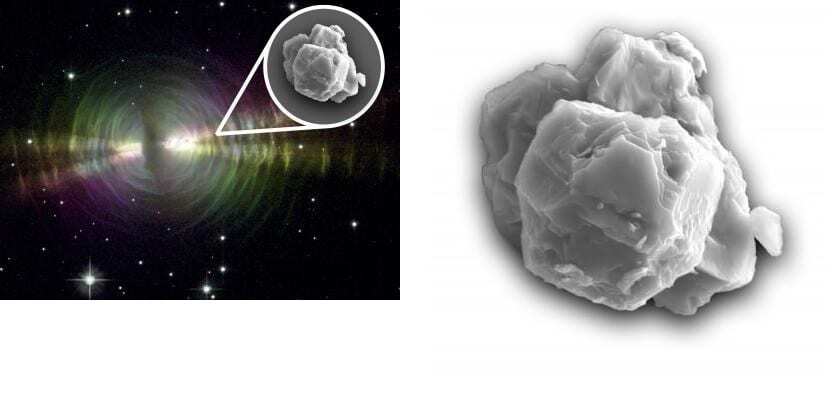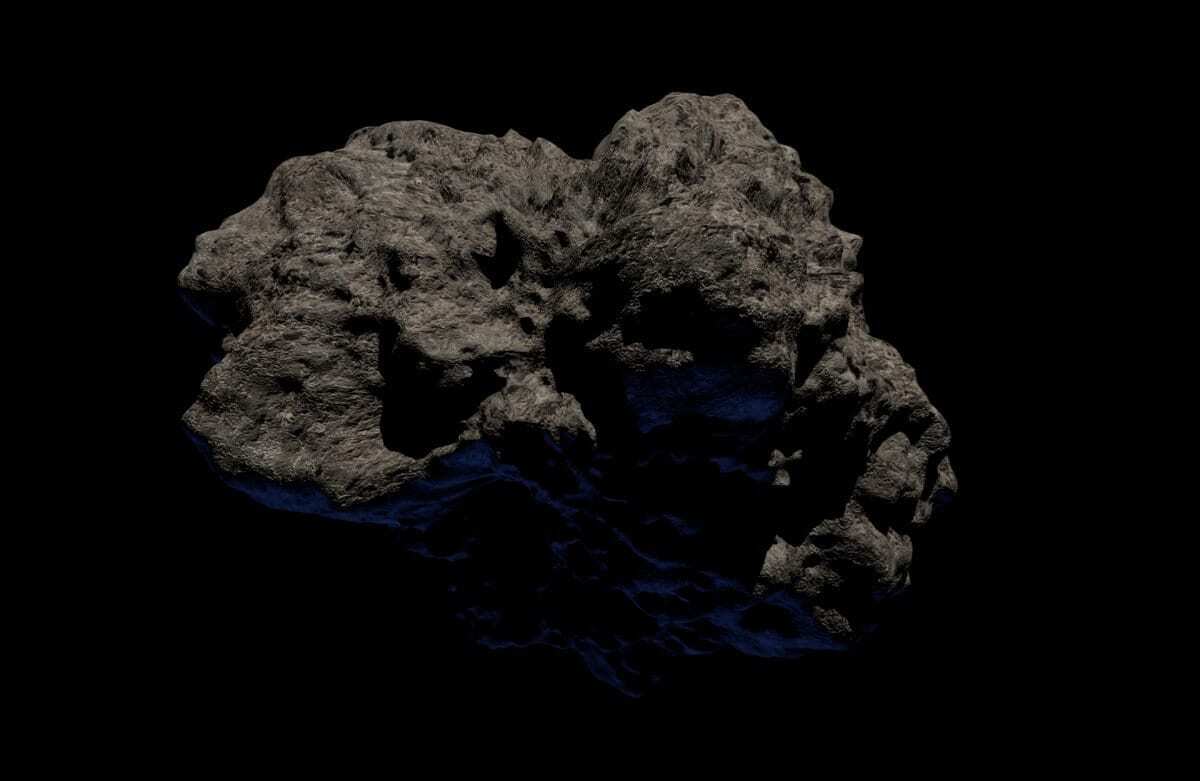Stars have life cycles. They’re born when bits of dust and gas floating through space find each other and collapse in on each other and heat up.
They burn for millions to billions of years, and then they die. When they die, they pitch the particles that formed in their winds out into space, and those bits of stardust eventually form new stars, along with new planets and moons and meteorites. And in a meteorite that fell fifty years ago in Australia, scientists have now discovered stardust that formed 5 to 7 billion years ago-the oldest solid material ever found on Earth.
“This is one of the most exciting studies I’ve worked on,” says Philipp Heck, a curator at the Field Museum, associate professor at the University of Chicago, and lead author of a paper describing the findings in PNAS. “These are the oldest solid materials ever found, and they tell us about how stars formed in our galaxy.”
The materials Heck and his colleagues examined are called presolar grains-minerals formed before the Sun was born. “They’re solid samples of stars, real stardust,” says Heck. These bits of stardust became trapped in meteorites where they remained unchanged for billions of years, making them time capsules of the time before the solar system..
But presolar grains are hard to come by. They’re rare, found only in about five percent of meteorites that have fallen to Earth, and they’re tiny-a hundred of the biggest ones would fit on the period at the end of this sentence. But the Field Museum has the largest portion of the Murchison meteorite, a treasure trove of presolar grains that fell in Australia in 1969 and that the people of Murchison, Victoria, made available to science. Presolar grains for this study were isolated from the Murchison meteorite for this study about 30 years ago at the University of Chicago.
“It starts with crushing fragments of the meteorite down into a powder ,” explains Jennika Greer, a graduate student at the Field Museum and the University of Chicago and co-author of the study. “Once all the pieces are segregated, it’s a kind of paste, and it has a pungent characteristic-it smells like rotten peanut butter.”
This “rotten-peanut-butter-meteorite paste” was then dissolved with acid, until only the presolar grains remained. “It’s like burning down the haystack to find the needle,” says Heck.
Once the presolar grains were isolated, the researchers figured out from what types of stars they came and how old they were. “We used exposure age data, which basically measures their exposure to cosmic rays, which are high-energy particles that fly through our galaxy and penetrate solid matter,” explains Heck. “Some of these cosmic rays interact with the matter and form new elements. And the longer they get exposed, the more those elements form.
“I compare this with putting out a bucket in a rainstorm. Assuming the rainfall is constant, the amount of water that accumulates in the bucket tells you how long it was exposed,” he adds. By measuring how many of these new cosmic-ray produced elements are present in a presolar grain, we can tell how long it was exposed to cosmic rays, which tells us how old it is.
The researchers learned that some of the presolar grains in their sample were the oldest ever discovered-based on how many cosmic rays they’d soaked up, most of the grains had to be 4.6 to 4.9 billion years old, and some grains were even older than 5.5 billion years. For context, our Sun is 4.6 billion years old, and the Earth is 4.5 billion.
But the age of the presolar grains wasn’t the end of the discovery. Since presolar grains are formed when a star dies, they can tell us about the history of stars. And 7 billion years ago, there was apparently a bumper crop of new stars forming-a sort of astral baby boom.
“We have more young grains that we expected,” says Heck. “Our hypothesis is that the majority of those grains, which are 4.9 to 4.6 billion years old, formed in an episode of enhanced star formation. There was a time before the start of the Solar System when more stars formed than normal.”
This finding is ammo in a debate between scientists about whether or not new stars form at a steady rate, or if there are highs and lows in the number of new stars over time. “Some people think that the star formation rate of the galaxy is constant,” says Heck. “But thanks to these grains, we now have direct evidence for a period of enhanced star formation in our galaxy seven billion years ago with samples from meteorites. This is one of the key findings of our study.”

Heck notes that this isn’t the only unexpected thing his team found. As almost a side note to the main research questions, in examining the way that the minerals in the grains interacted with cosmic rays, the researchers also learned that presolar grains often float through space stuck together in large clusters, “like granola,” says Heck. “No one thought this was possible at that scale.”
Heck and his colleagues look forward to all of these discoveries furthering our knowledge of our galaxy. “With this study, we have directly determined the lifetimes of stardust. We hope this will be picked up and studied so that people can use this as input for models of the whole galactic life cycle,” he says.
Heck notes that there are lifetimes’ worth of questions left to answer about presolar grains and the early Solar System. “I wish we had more people working on it to learn more about our home galaxy, the Milky Way,” he says.
“Once learning about this, how do you want to study anything else?” says Greer. “It’s awesome, it’s the most interesting thing in the world.”
“I always wanted to do astronomy with geological samples I can hold in my hand,” says Heck. “It’s so exciting to look at the history of our galaxy. Stardust is the oldest material to reach Earth, and from it, we can learn about our parent stars, the origin of the carbon in our bodies, the origin of the oxygen we breathe. With stardust, we can trace that material back to the time before the Sun.”
“It’s the next best thing to being able to take a sample directly from a star,” says Greer.





